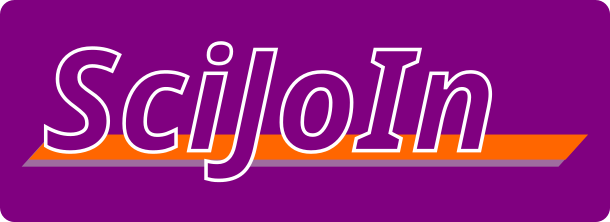Balance gains from a training program based on progressive sensory constraints for stroke survivors: a controlled randomized clinical trial
DOI:
https://doi.org/10.20338/bjmb.v18i1.432Keywords:
Neurology, Rehabilitation, Sensory deprivation, ExerciseAbstract
BACKGROUND: Balance deficits in stroke survivors can be attenuated through appropriate training procedures.
AIM: In the current investigation, we aimed to compare gains in dynamic balance between a training protocol employing progressive visual and tactile/proprioceptive constraints against balance training under full sensory information in stroke survivors.
METHOD: Participants were randomly assigned to one of two groups for 12 balance training sessions, three sessions per week. In the constraint group (n=9), training was divided into four blocks of three sessions: full sensory information, visual constraint, tactile/proprioceptive constraint, and the combination of the latter two conditions. In the full sensory information group (n=10), participants trained under full vision supported on a rigid surface. At the end of each training block, evaluations were made through the Berg Balance Scale (BBS) and Timed Up and Go (TUG) tests. Analysis was made through Friedman, Wilcoxon matched-pairs and Mann-Whitney U tests.
RESULTS: Intra and intergroup analyses showed that training under sensory constraint led to higher performance gains than training under full sensory information both in the BBS postural (Δ = 21.20%, p = 0.02) and dynamic (Δ = 18.17%, p = 0.04) tasks. For TUG, analysis of proportional gains indicated significantly greater time reduction in the sensory constraint compared to the full group (Δ = 16.48%, p = 0.03).
CONCLUSION: Balance training under sensory constraint led to higher balance gains than training with availability of full sensory information.
Downloads
Published
How to Cite
Issue
Section
License
Copyright (c) 2024 Alessandra R. M. Conterato, Daniel B. Coelho, Luis A. Teixeira

This work is licensed under a Creative Commons Attribution-NonCommercial-NoDerivatives 4.0 International License.
Authors must declare that the work submitted is their own and that copyright has not been breached in seeking its publication. If the manuscript includes work previously published elsewhere, it is the author(s) responsibility to obtain permission to use it and to indicate that such permission has been granted.
Authors retain the copyright of their paper and grant the Brazilian Journal of Motor Behavior (BJMB) the right to first publish the work under a Creative Commons Attribution-NonCommercial-NoDerivatives license (CC BY-NC-ND). This license allows users to share the paper given the appropriate credit to the author and source and does not allow commercial uses and derivative materials to be produced.




























